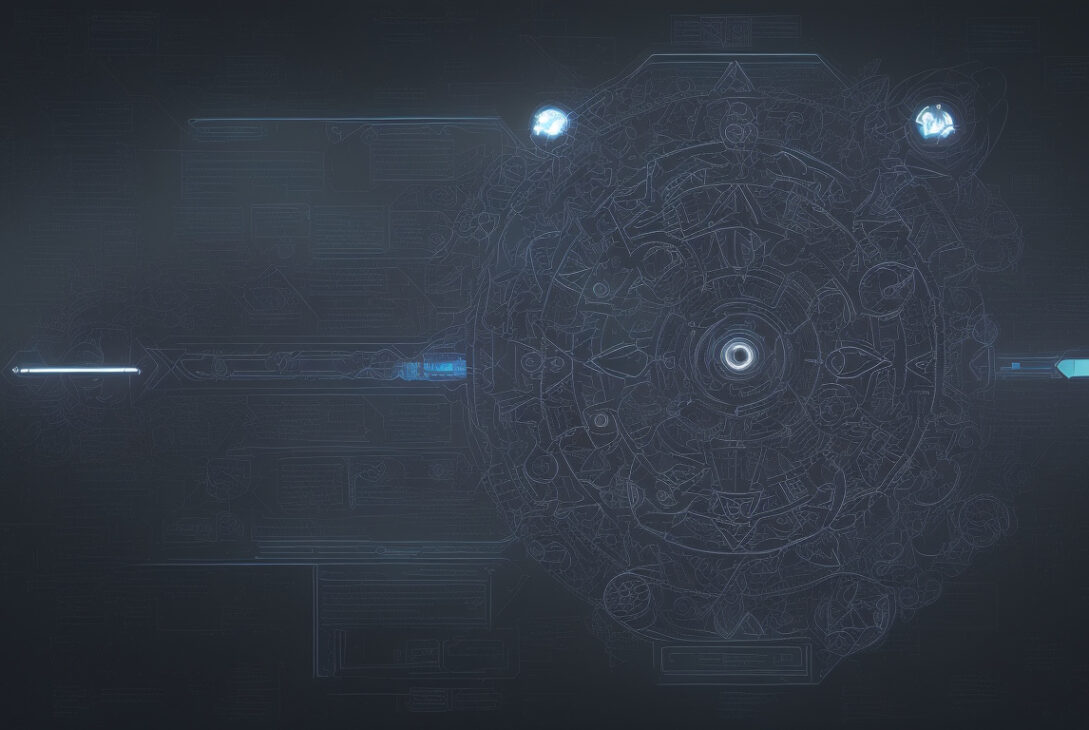The ‘People, Process and Technology’ Triangle: The Key to AI Success in Enterprises
By Martin Veitch | Published 12 September 2025
Artificial intelligence (AI) has rapidly moved from theoretical promise to practical application across industries, transforming how enterprises operate and innovate. According to Debojyoti ‘Debo’ Dutta, Chief AI Officer at Nutanix, the key to successfully harnessing AI lies in balancing the timeless organizational triangle of People, Process, and Technology (PPT).
Debo Dutta’s Journey and Vision for AI
With a rich background spanning computer science, neural networks, and AI’s application in biology, Dutta brings deep domain expertise to his role at Nutanix, a cloud computing company known for innovations in hyperconvergence and enterprise software management. Since joining Nutanix earlier this year, he has been steering the company’s AI initiatives, helping both Nutanix and its customers adapt to what he calls a “Brave New World” of AI-driven transformation.
Nutanix, founded in 2009 and publicly traded since 2015, enables organizations to manage applications and services seamlessly across on-premises, cloud, and edge environments. The company’s rapid growth and innovative history make it a bellwether for technological trends, lending significant credibility to Dutta’s perspective on AI adoption challenges and opportunities.
AI’s Promise and Challenges: Beyond the Hype
Although the surge in AI interest may seem overwhelming, Dutta stresses that the current wave is both “real and surreal.” He highlights the remarkable advancements in large language models (LLMs)—such as OpenAI’s GPT series—especially their integration with reinforcement learning, which have rapidly accelerated AI’s practical capabilities.
However, Dutta warns against relying solely on technology without the complementary components of workflow and culture. “The promise of the technology is there, as can be seen in agents, but you need people, process and technology,” he says. This underscores the necessity of retraining and reskilling personnel to become “AI workers,” capable of collaborating with and fine-tuning AI systems within their organizational roles.
The Crucial Role of Adoption and Culture
For AI to fulfill its potential, enterprises must embed AI tools broadly among employees, creating a culture that embraces these technologies as everyday aids rather than niche experiments. Dutta refers to this phenomenon as the need to “eat your own dog food” — using the very AI solutions internally that companies develop or deploy for customers.
Widespread adoption can also lead to what economists call the Jevons Paradox, where improvements in technology efficiency result in increased overall demand. This reinforces the idea that AI adoption is not a one-time event but a continuous process of integration and scaling.
Positioning AI Leadership within Organizations
To guide this complex transformation, Dutta advocates for a matrix organizational structure where the AI chief officer collaborates closely with the CIO (Chief Information Officer), CISO (Chief Information Security Officer), legal teams, product development, and engineering departments. Such cross-functional cooperation is essential because enterprise AI is still in an early evolutionary stage, requiring a blend of technical savvy and strategic oversight.
The AI leader, according to Dutta, should act as “a trusted advisor” who can anticipate rapid market shifts (“tectonic plates move fast”) and ensure alignment across diverse business units without reinventing the wheel.
Real-World AI Impact and Governance
Internally, Nutanix has already seen tangible benefits, such as enhanced tools for site reliability engineers, demonstrating how AI can improve operational efficiency when properly integrated. Nevertheless, Dutta cautions that success depends heavily on clean, well-governed private data and robust governance frameworks.
While proof of concepts can be quickly developed using platforms like OpenAI or Google’s Gemini, deploying AI solutions on-premises demands stringent data hygiene and ongoing collaboration with data science teams. The greatest challenge is not a lack of tools but ensuring accuracy, compliance, and alignment with organizational goals over time.
Future Outlook: Human Oversight and Emerging Technologies
Despite rapid advancements, Dutta emphasizes that human oversight remains critical, especially in complex AI applications like software development where nuanced domain knowledge and prompt engineering are vital.
He also forecasts that AI agents and emerging “agentic” AI systems will gradually assume more autonomous roles. Meanwhile, underlying infrastructure—storage, networking, computing power—must be optimized to support AI workloads. Quantum computing, for instance, could become a powerful future ally in scaling AI’s capabilities.
Embracing the Era of ‘Digital Minions’
Dutta envisions a future where AI-powered digital assistants become ubiquitous “digital minions,” helping with repetitive tasks, detecting anomalies, and drafting complex documents. These AI companions have the potential to augment human productivity, provided organizations commit to the fundamentals of PPT: nurturing talent, refining processes, and applying technology wisely.
For enterprises navigating the AI revolution, the message is clear: technology alone is not a silver bullet. True success requires integrating people, process, and technology to foster innovation and sustainable transformation.
Further Reading:
- How AI is reshaping programming and codewriting approaches.
- Managing technical debt in the age of AI.
- Best practices for enterprise AI adoption and governance.
For more insights on AI and enterprise technology, visit Computer Weekly’s Artificial Intelligence and Automation section.










